X-Ray

Digital radiography is a form of radiography that uses x-ray–sensitive plates to directly capture data during the patient examination and transferring digitally to a computer for image processing, without the need of any manual intervention.
Advantages include
TIME EFFICIENCY
LESS RADIATION EXPOSURE
MAJOR ADVANTAGE IN CHILDREN.
HIGH RESOLUTION, BETTER CONTRAST, MAGNIFICATION, SHARPNESS
as compared to analog CR units
The simplified word ‘view’ is often used to describe a radiographic projection.
View refers to the direction of the X-Ray beam with respect to the part being radiographed.
Common views are
Suspected case of chest infection (Bacterial pneumonia , Viral infection, tuberculosis), Pneumothorax, interstitial lung disease, heart failure.
An erect postero-anterior (PA) projection is the preferred projection

In acute abdominal pain ,suspected bowel obstruction, gastrointestinal perforation, foreign body in the alimentary tract, suspected abdominal mass and intussusception .
An erect postero-anterior (PA) projection is the preferred projection
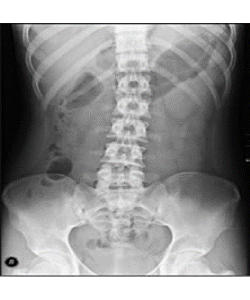
In suspected spondylosis, trauma, pain , deformities.
PA and LAT projections are preferred.



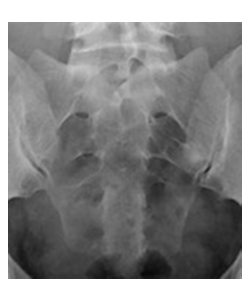
Suspected case of sinusitis, trauma, Deviated nasal septum.
Water’s view and Caldwell’s views are the preferred projections.Town’s view / Lat view is sometimes needed
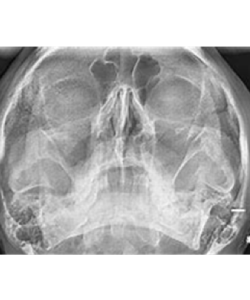
To diagnose enlarged adenoids

To diagnose fractures , birth defects , infection , foreign bodies , pituitary tumours etc.
Water’s view and Caldwell’s views are the preferred projections
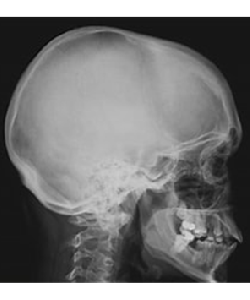
To rule out fracture

Pain, suspected fracture, swelling, tumours, arthritis, trauma.
AP, Lateral & Oblique views are the preferred projections

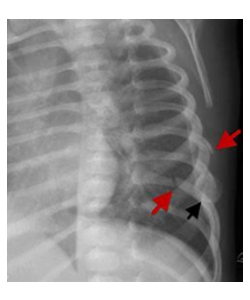
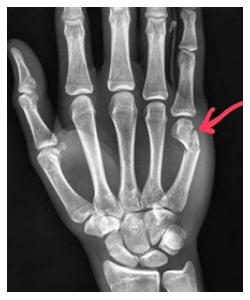

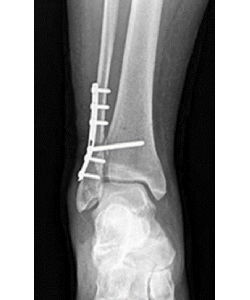
Generally majority of general radiography (Digital X-Ray) do not need any preparation.
Bowel clearance and fasting required for :
| Test timing | Patient Preparation | Test duration | Common Indications | Risks and complications | |
|---|---|---|---|---|---|
| Conventional X-Ray | Anytime during the day, Prior appointment NOT required | (Only Applicable to X-Ray KUB and Lumbosacral spine Xrays) Overnight fasting, Laxatives ( 2 tabs Dulcoflex)previous night for bowel clearance, Early morning time after bowel clearance is preferred except for trauma patients. Remove all jewelry and aids or devices such as dentures, hair clips etc; and wear a hospital gown. Carry all your relevant old radiographs and submit to the technician before the test for comparison. |
X-Rays cannot be performed in pregnant patients except under special circumstances(with a doctor’s prescription)
No. But the treating doctor’s notes would help in deciding the exact radiograph required.
WhatsApp us
Request An Appointment
To schedule an appointment please contact our office by phone or by filling in the form below and we will get back to you